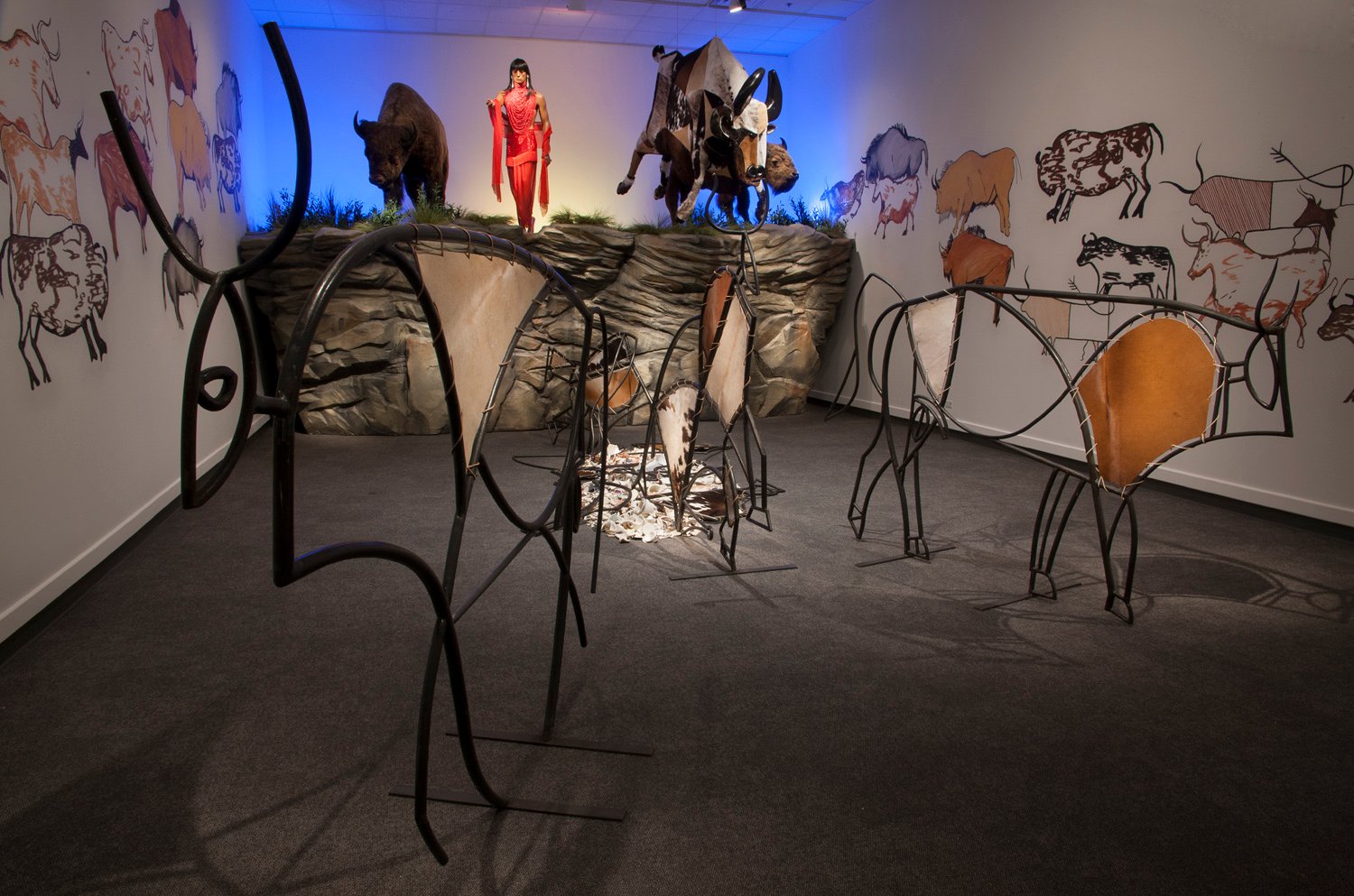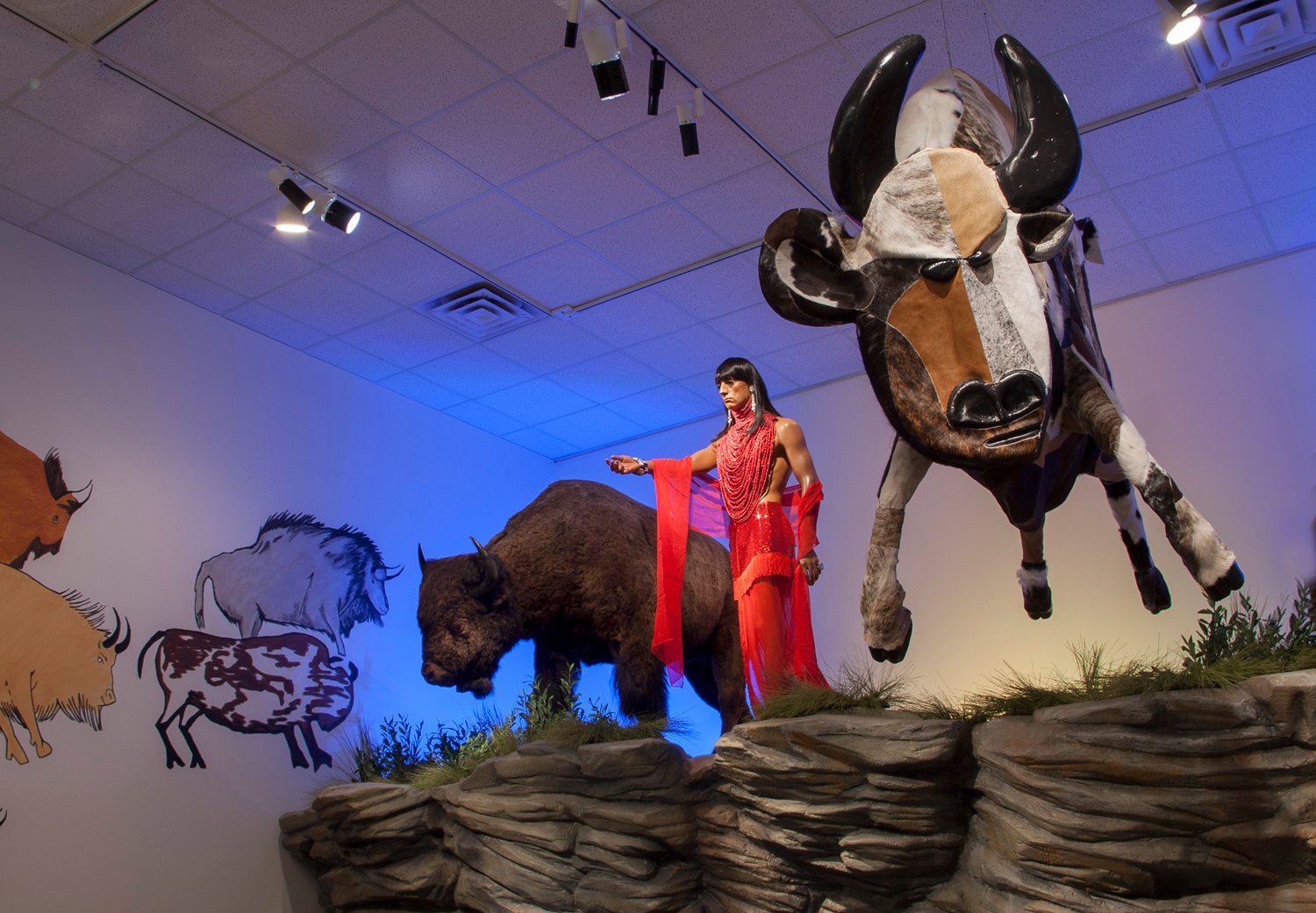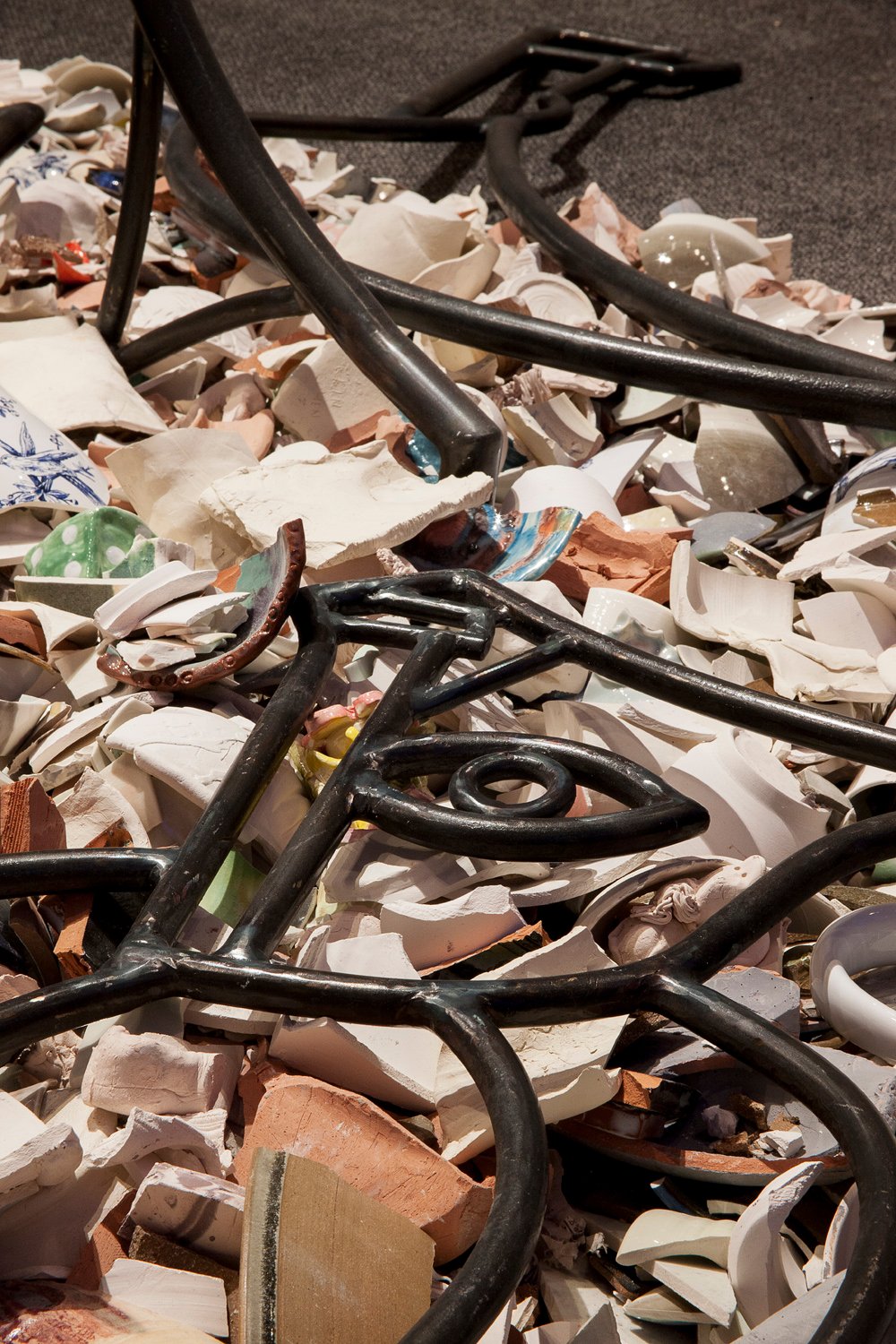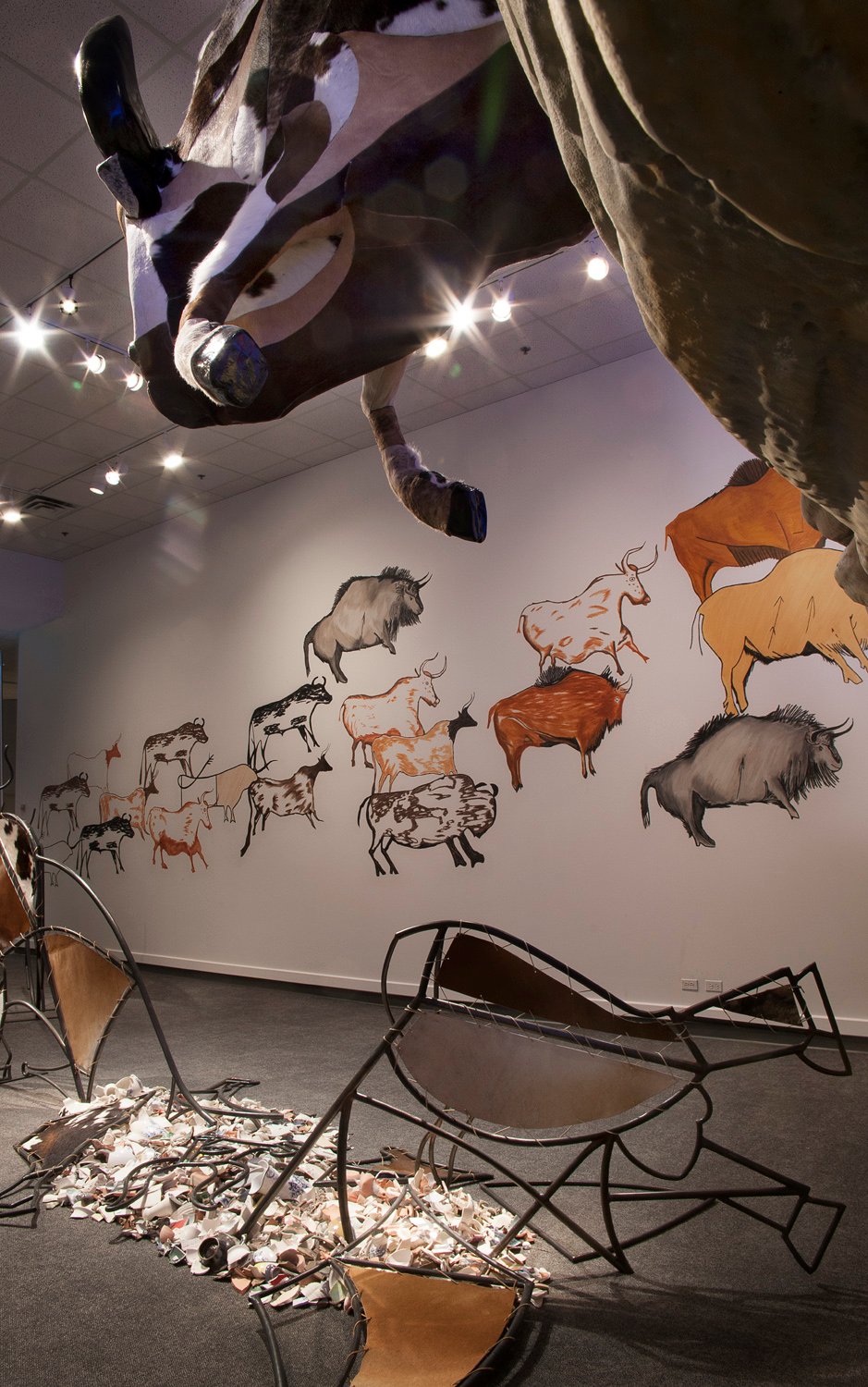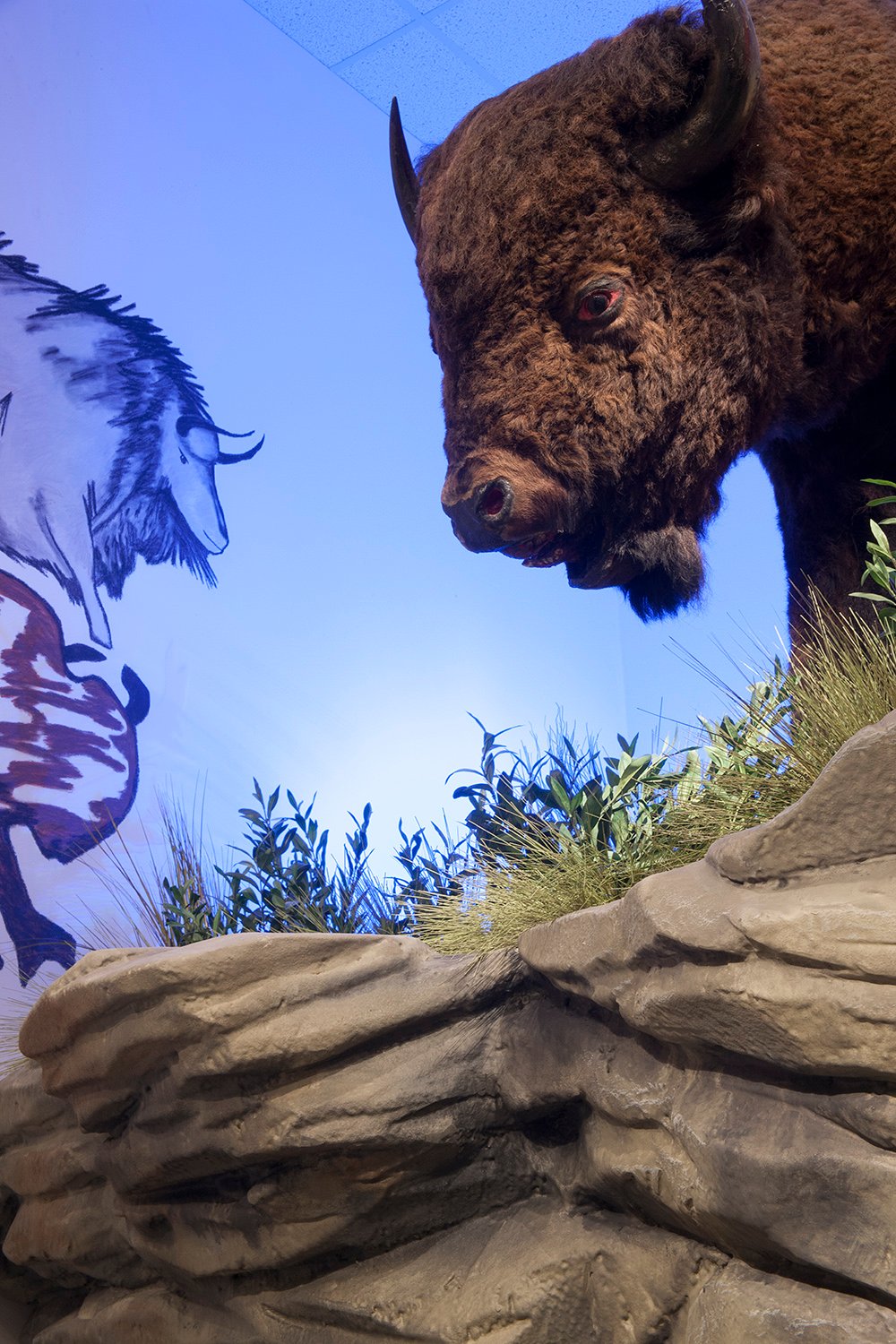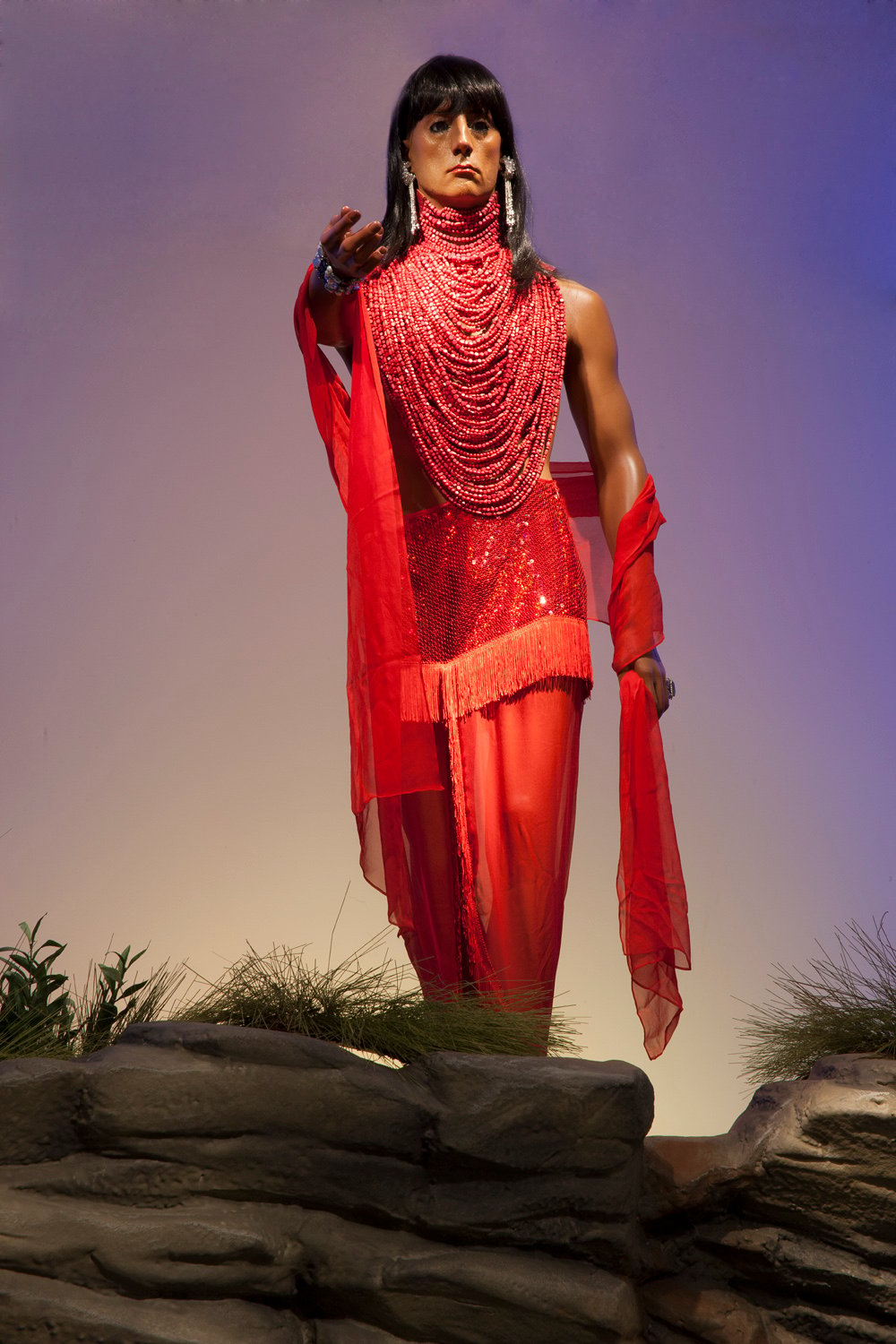Related //
Blog Post
Legacies of Bravery
Remembrance Day 2020
We’re highlighting two Canadian veterans of World War I (WWI) who are represented in Glenbow’s collection. Both John George Pattison…
